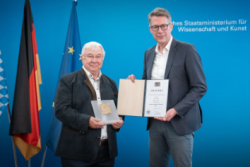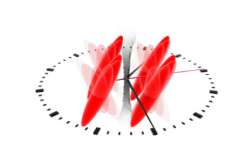
Supersolids, a state of matter that combines the rigidity of a solid with the frictionless flow of a superfluid, exhibit surprising synchronization when rotated. Innsbruck researchers found that quantum vortices—tiny whirlpools in the quantum fluid— cause the precession and revolution of the superfluid crystal structure to synchronize their motion. This discovery provides a new tool for studying fundamental properties of quantum systems.
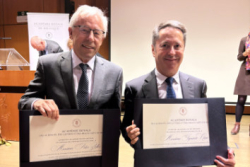
Quantum physicist Peter Zoller is one of 405 scientists worldwide from all disciplines who have been cited exceptionally frequently over a long period of time. The researcher, who has already received numerous honors, was recently awarded the Prize of the Royal Academy of Belgium and the Benjamin Lee Professorship in South Korea.
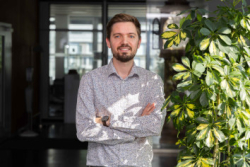
Theoretical physicist Torsten Zache has been awarded an ERC Starting Grant for his research into quantum simulations of lattice gauge theories. He aims to help overcome limitations in the numerical investigation of gauge theories. Gauge theories play a central role in understanding phenomena in high-energy physics, condensed matter physics, and quantum information science.
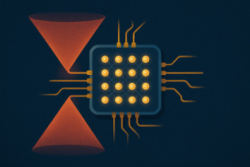
An international research team led by Robert Ott and Hannes Pichler has developed a novel architecture for quantum processors that is specifically designed for simulating fermions—particles such as electrons. The method can be implemented using technologies already available today.
Read more …A blueprint for error-corrected fermionic quantum processors
